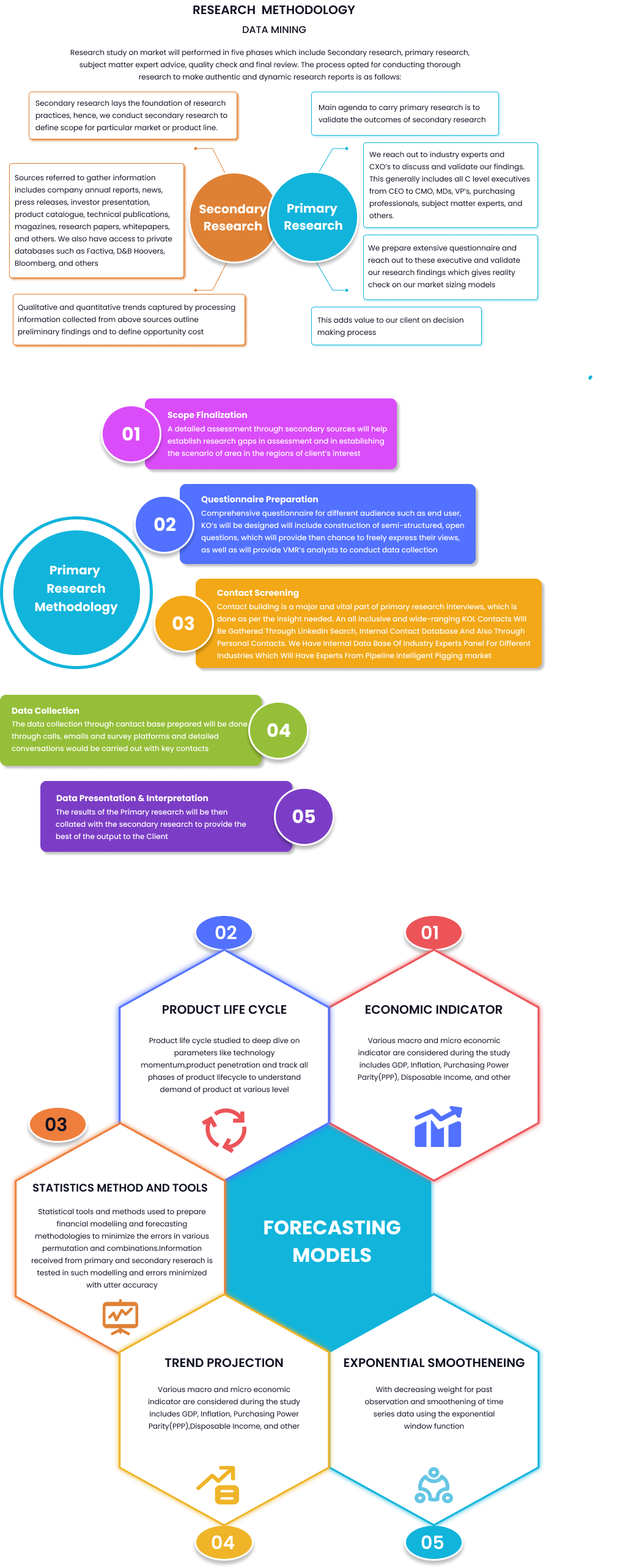
Global Smart Robotic Arms Market Size By Type (2 Axis, 3 Axis), By Application (Used for Welding, Used for Spraying), By Region, And Segment Forecasts, 2023 to 2032
Report Id: 41165 | Published Date: Jan 2025 | No. of Pages: | Base Year for Estimate: Jan 2025 | Format:
The Global Smart Robotic Arms Market was
valued at USD 9.3 billion in 2023 and is projected to surpass USD 16.5 billion
by 2031, registering a CAGR of 7.1% during the forecast period from 2023 to
2031. The growth of the smart robotic arms market is driven by increasing
automation across industries, technological advancements in robotics, and
rising demand for precision manufacturing in sectors such as automotive,
healthcare, and electronics. Smart robotic arms are highly efficient tools in
automating repetitive tasks, enhancing productivity, and reducing operational
costs, making them essential in modern industrial settings.
Drivers:
Rising Automation in Manufacturing: The
global trend toward automation in manufacturing industries is driving the
demand for smart robotic arms. These robotic solutions offer precision,
efficiency, and the ability to work alongside human workers in collaborative
environments.
Technological Advancements: Continuous
innovations in AI, machine learning, and sensor technologies are enabling
smarter, more autonomous robotic systems, further enhancing their operational
capabilities.
Labor Shortages and Cost Reduction:
Industries facing labor shortages and increasing wages are turning to smart
robotic arms to reduce dependence on manual labor while maintaining efficiency
and accuracy.
Restraints:
High Initial Investment Costs: The
acquisition and integration of smart robotic arms can involve substantial
capital expenditures, which may be a barrier for smaller businesses or those in
developing regions.
Technical Challenges: Implementing smart
robotic arms requires specialized skills for setup, programming, and
maintenance, posing a challenge for businesses with limited technical
expertise.
Opportunity:
Adoption in Emerging Markets: As industries
in emerging economies such as India and Brazil rapidly expand, there is
significant potential for the adoption of smart robotic arms to enhance
manufacturing efficiency.
Integration with IoT and AI: The ongoing
development of IoT-enabled smart systems and AI-driven robotics presents new
opportunities for enhancing robotic arm capabilities in predictive maintenance,
real-time analytics, and adaptive learning.
Market
by System Type Insights:
The Collaborative Smart Robotic Arms
segment accounted for the largest share in 2023 due to their ability to work
safely alongside human operators, improving flexibility and efficiency in
various industrial applications. These robots are expected to see the highest
growth rate as industries prioritize safety and adaptability.
Market
by End-use Insights:
In terms of end-use, the Automotive and
Electronics sectors were the leading contributors in 2023. The automotive
industry extensively uses smart robotic arms for assembly and material
handling, while the electronics sector leverages their precision for complex
tasks like circuit board assembly. The Healthcare sector is also experiencing
rapid adoption, particularly in surgical applications where precision is
critical.
Market
by Regional Insights:
North America led the market in 2023,
driven by high investment in automation technologies and the presence of key
players. However, Asia-Pacific is expected to witness the highest growth rate
during the forecast period, supported by rapid industrialization, especially in
China, Japan, and South Korea.
Competitive
Scenario:
Key players in the global smart robotic
arms market include ABB Ltd., Fanuc Corporation, KUKA AG, Yaskawa Electric
Corporation, Universal Robots, and Omron Corporation. These companies are
focusing on technological innovations, strategic partnerships, and expanding
their market presence to gain a competitive edge.
Scope
of Work – Global Smart Robotic Arms Market
|
Report
Metric |
Details |
|
Market Size (2023) |
USD 9.3 billion |
|
Projected Market Size (2031) |
USD 16.5 billion |
|
CAGR (2023-2031) |
7.1% |
|
Key Segments by System Type |
Collaborative, Industrial, Autonomous
Robotic Arms |
|
Key Segments by End-Use |
Automotive, Electronics, Healthcare,
Manufacturing |
|
Leading Region |
North America |
|
Key Players |
ABB Ltd., Fanuc Corporation, KUKA AG,
Yaskawa Electric, Universal Robots |
Key
Market Developments:
ABB Ltd. launched a new series of
collaborative robotic arms in 2023, aimed at simplifying automation for small
and medium-sized businesses.
Fanuc Corporation introduced AI-powered
robotic arms with enhanced learning capabilities in 2024, designed to improve
productivity in high-precision manufacturing environments.
Universal Robots partnered with key players
in the healthcare sector to develop robotic arms designed specifically for
surgical applications, boosting their presence in the medical field.
FAQs:
What is the current market size of the
Global Smart Robotic Arms Market?
The Global Smart Robotic Arms Market was
valued at USD 9.3 billion in 2023.
What is the major growth driver of the
Global Smart Robotic Arms Market?
The major driver is the rising automation
in manufacturing industries and technological advancements in robotics.
Which is the largest region during the
forecast period in the Global Smart Robotic Arms Market?
North America held the largest market share
in 2023, but Asia-Pacific is expected to witness the highest growth.
Which segment accounted for the largest
market share in Global Smart Robotic Arms Market?
The Collaborative Smart Robotic Arms
segment accounted for the largest market share in 2023.
Who are the key market players in the
Global Smart Robotic Arms Market?
Key players include ABB Ltd., Fanuc
Corporation, KUKA AG, Yaskawa Electric Corporation, Universal Robots, and Omron
Corporation.

Speak with an analyst to get exclusive insights tailored to your needs

